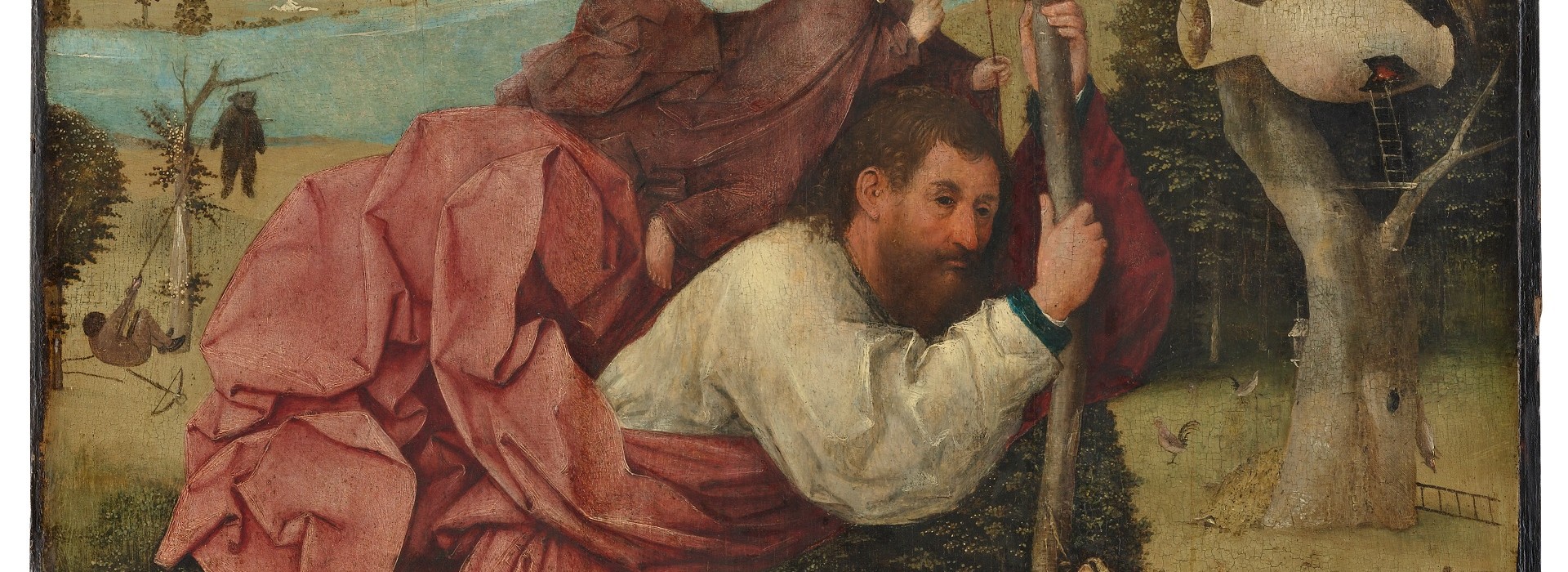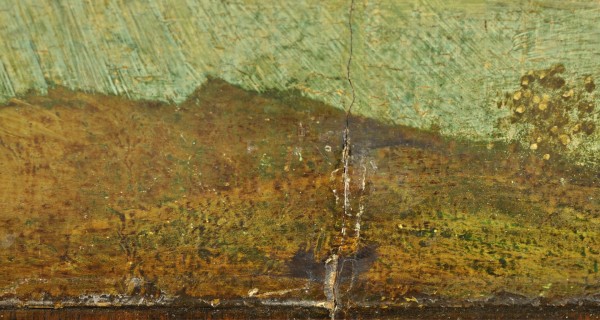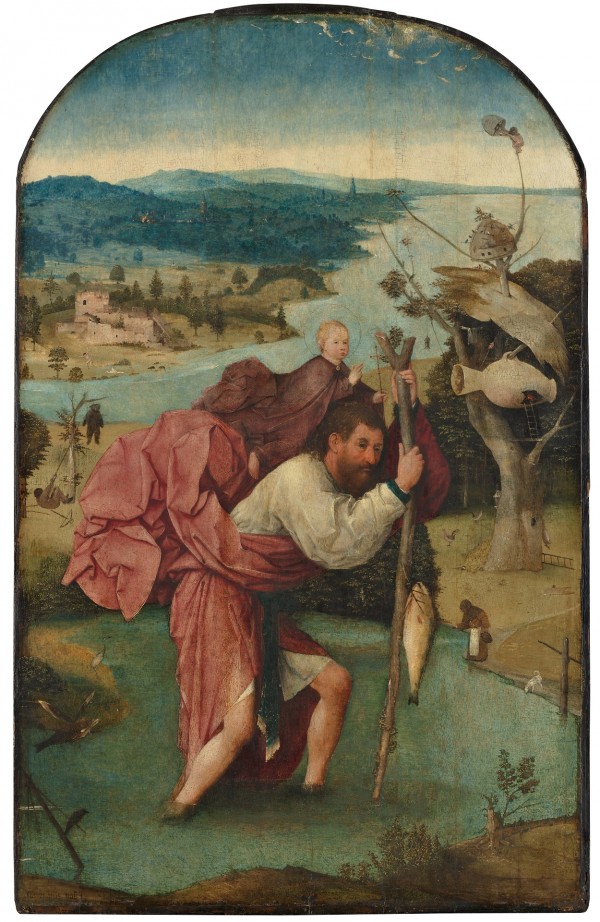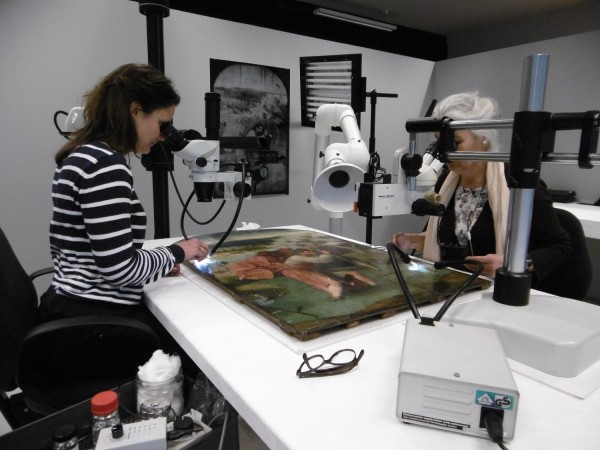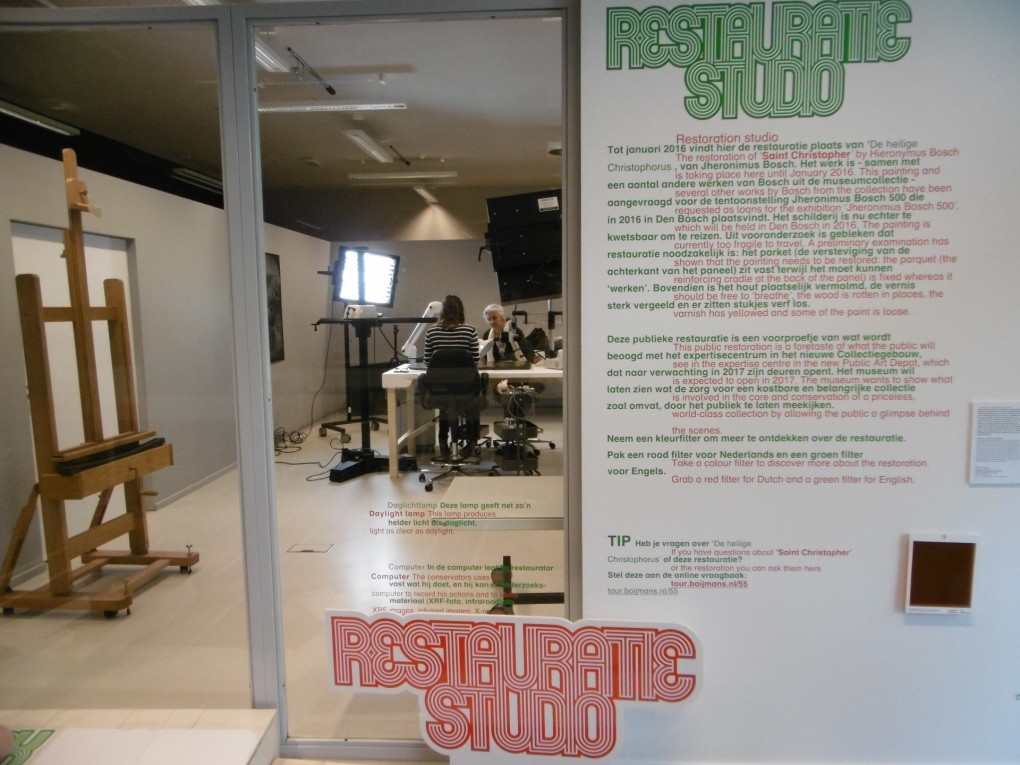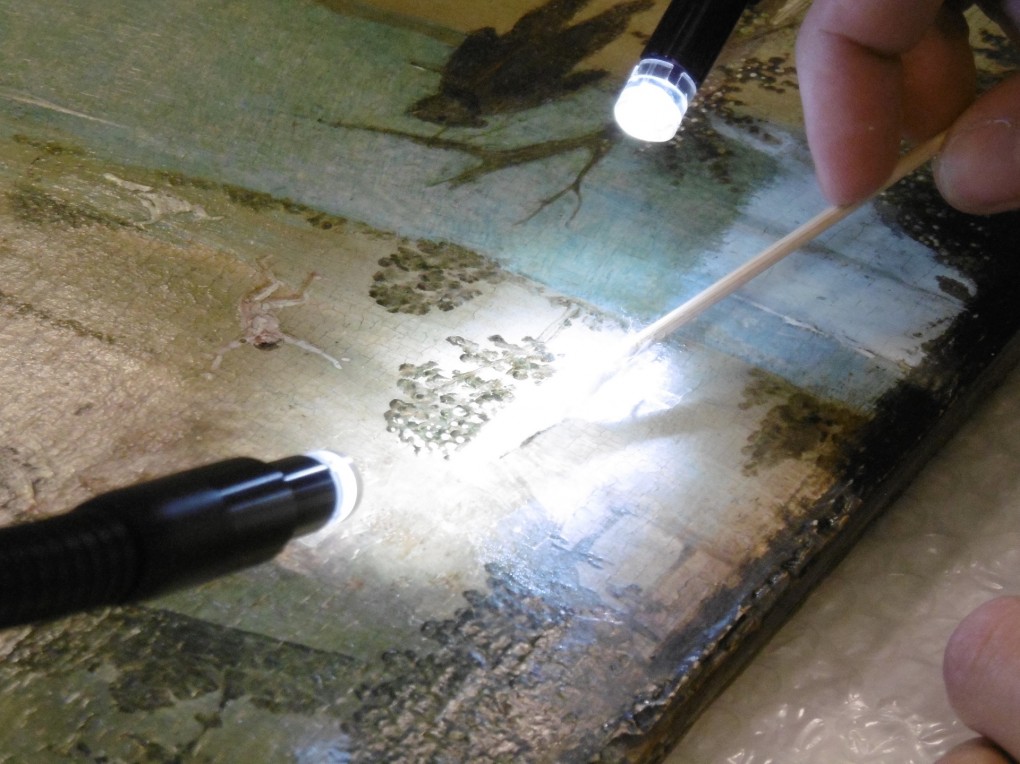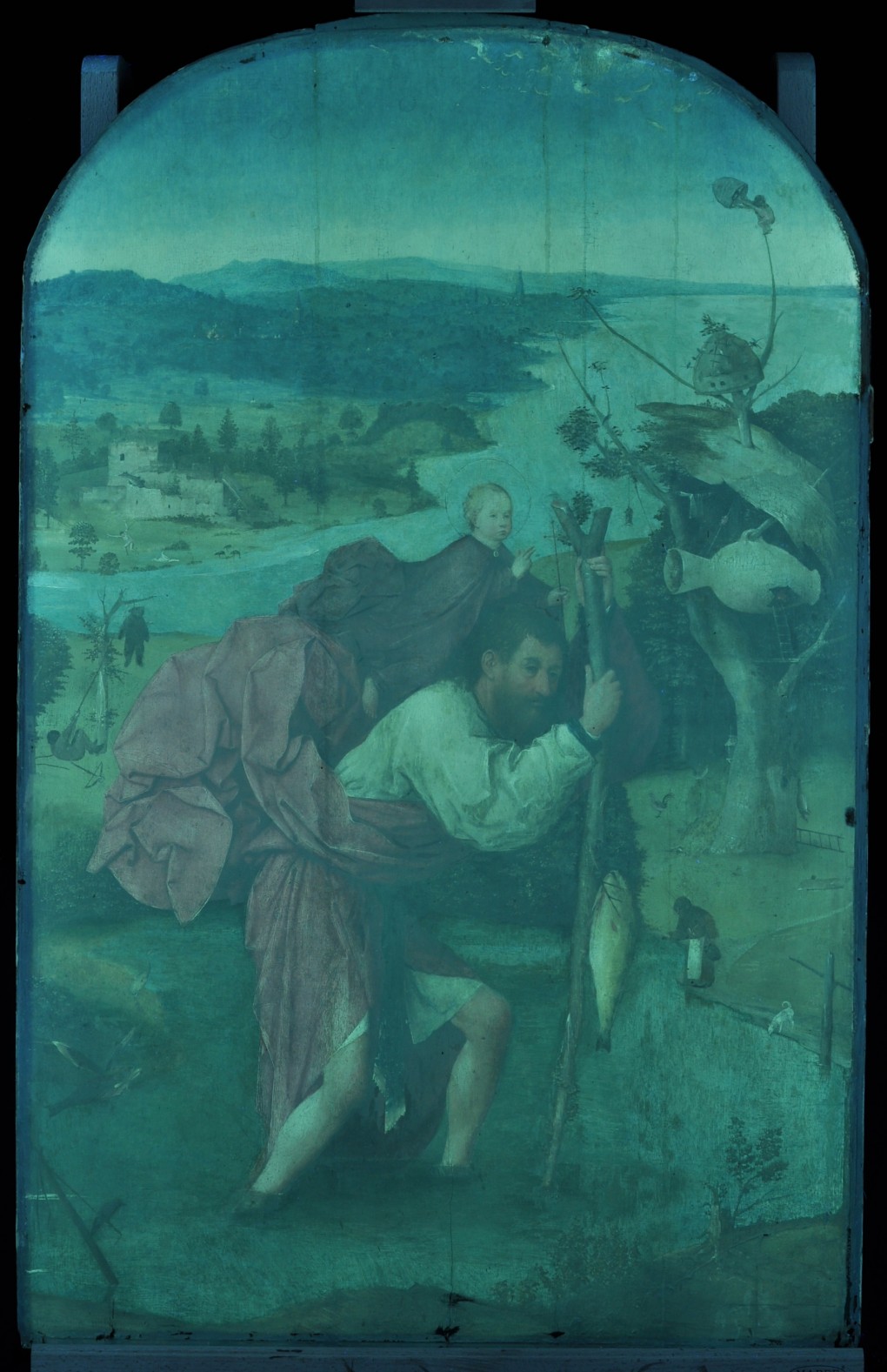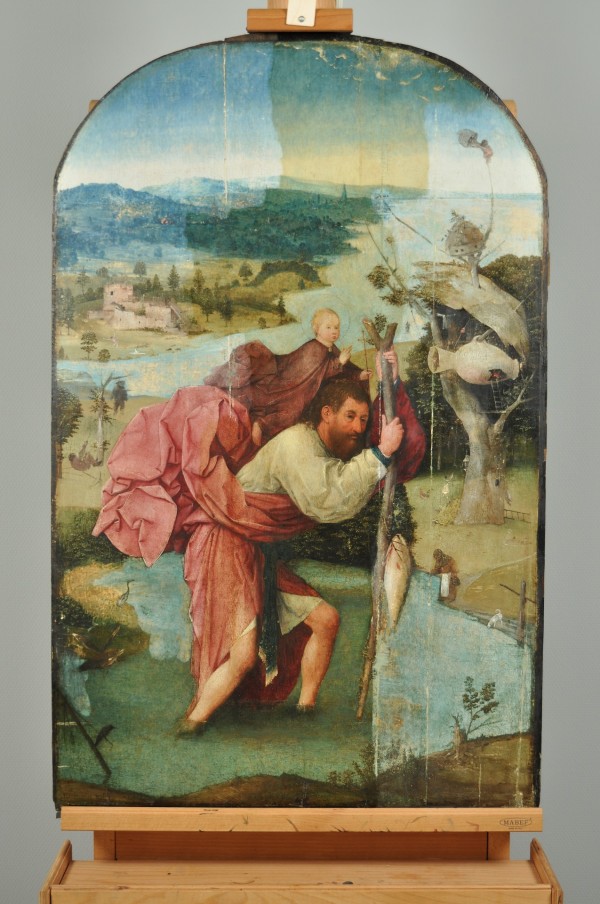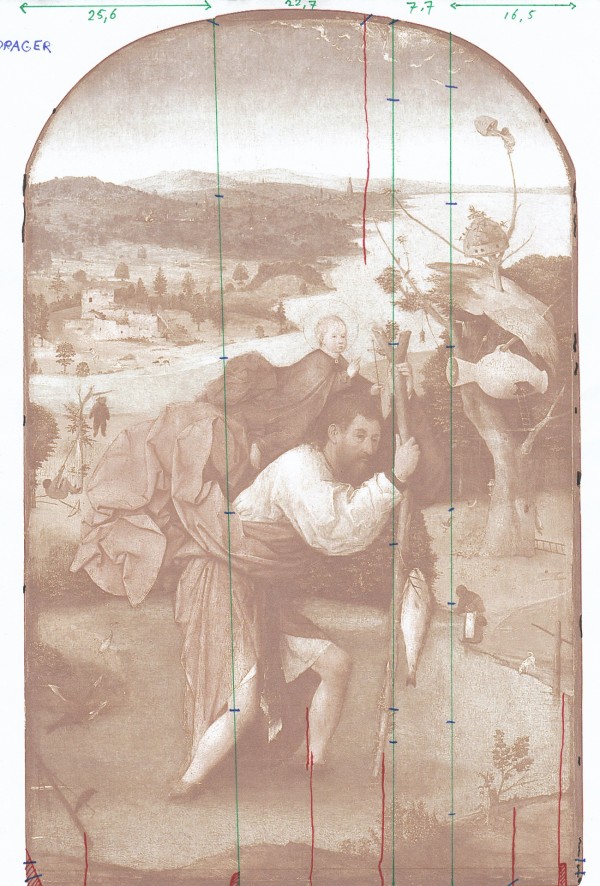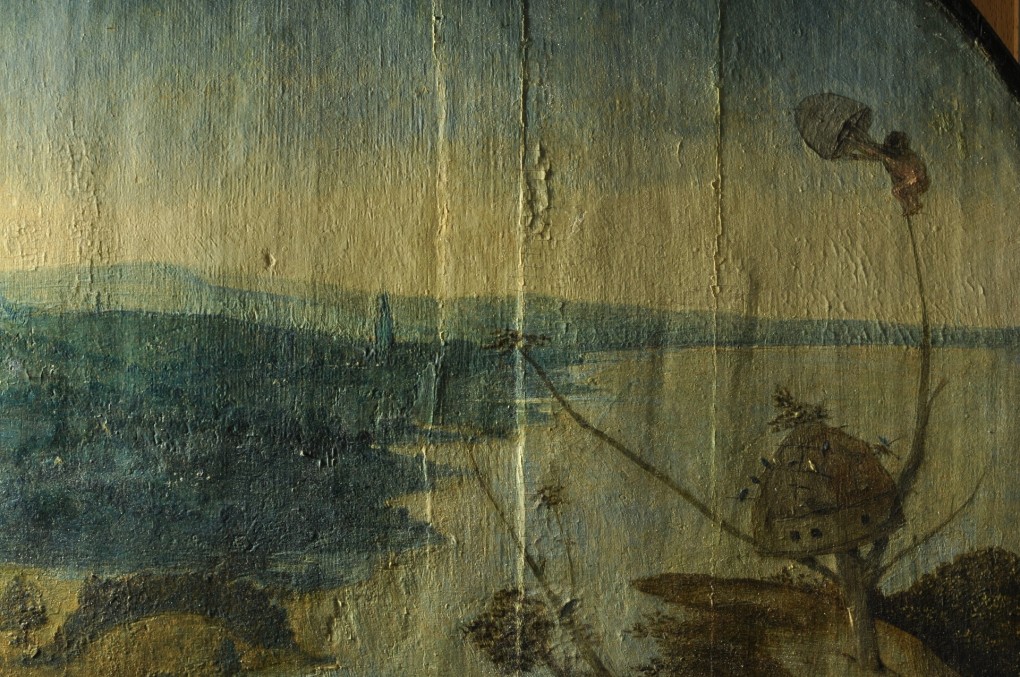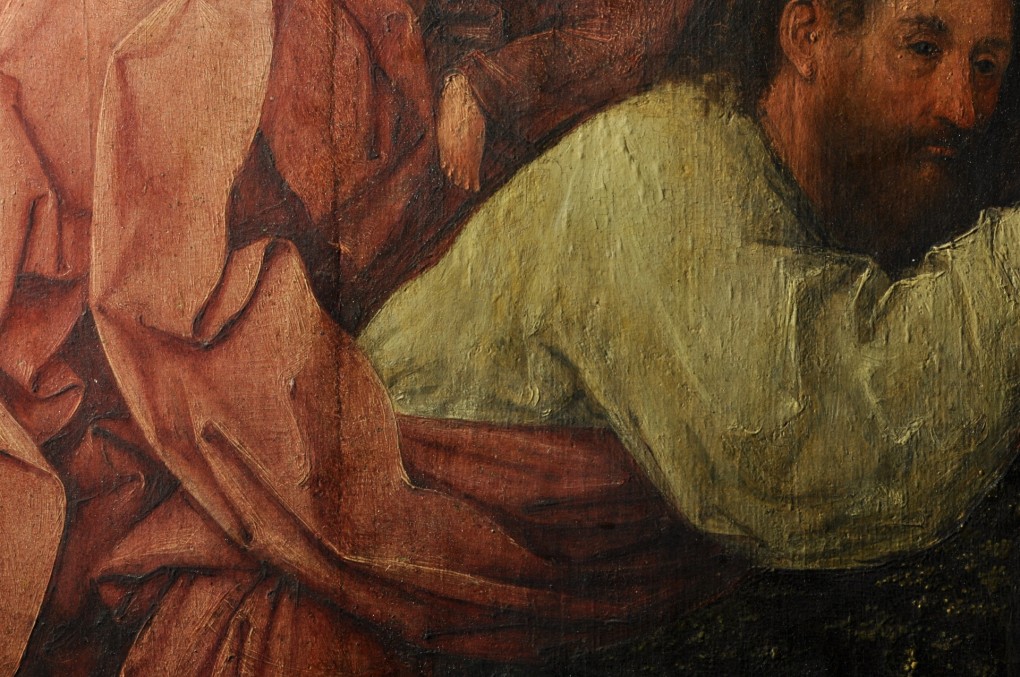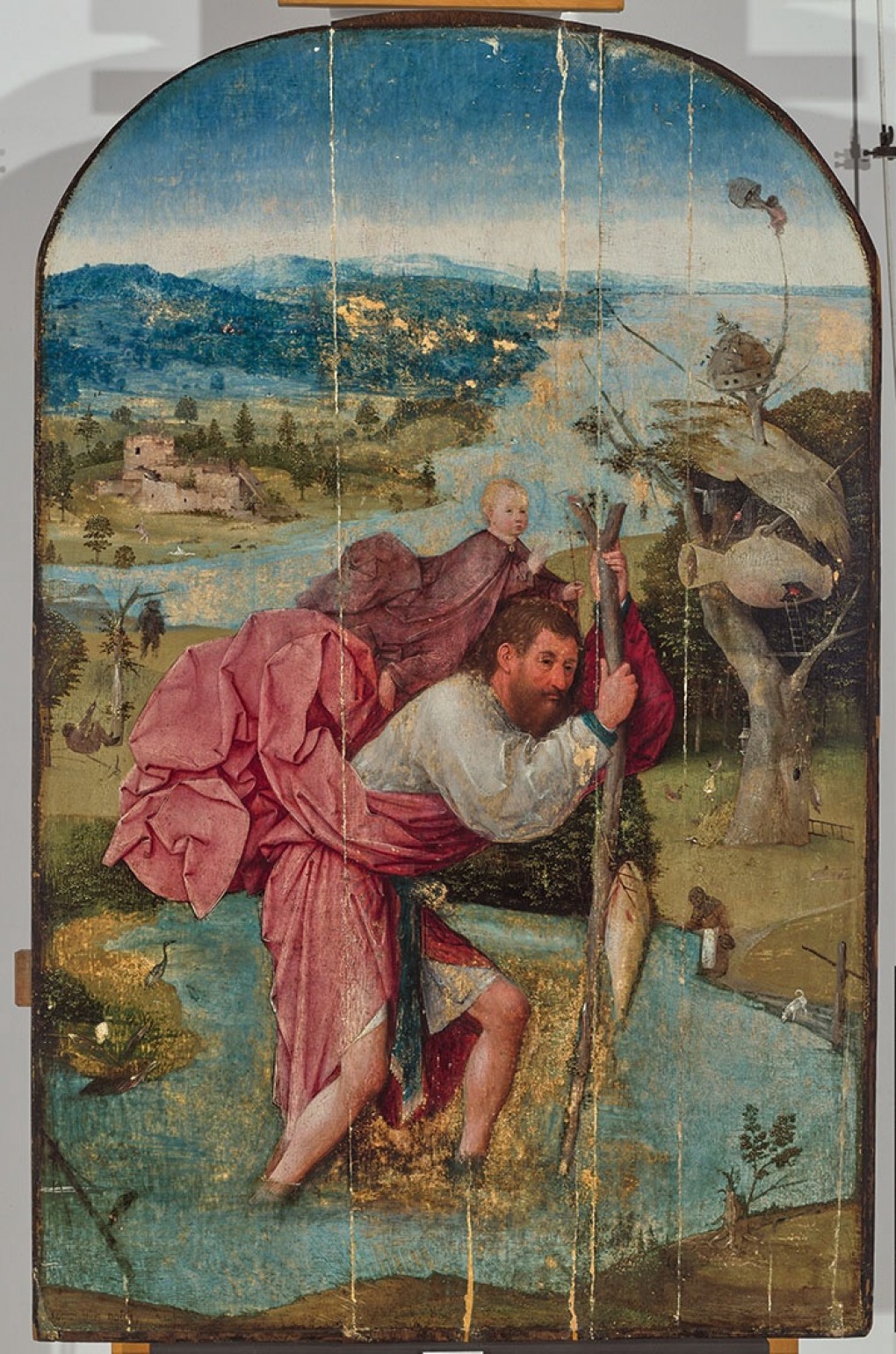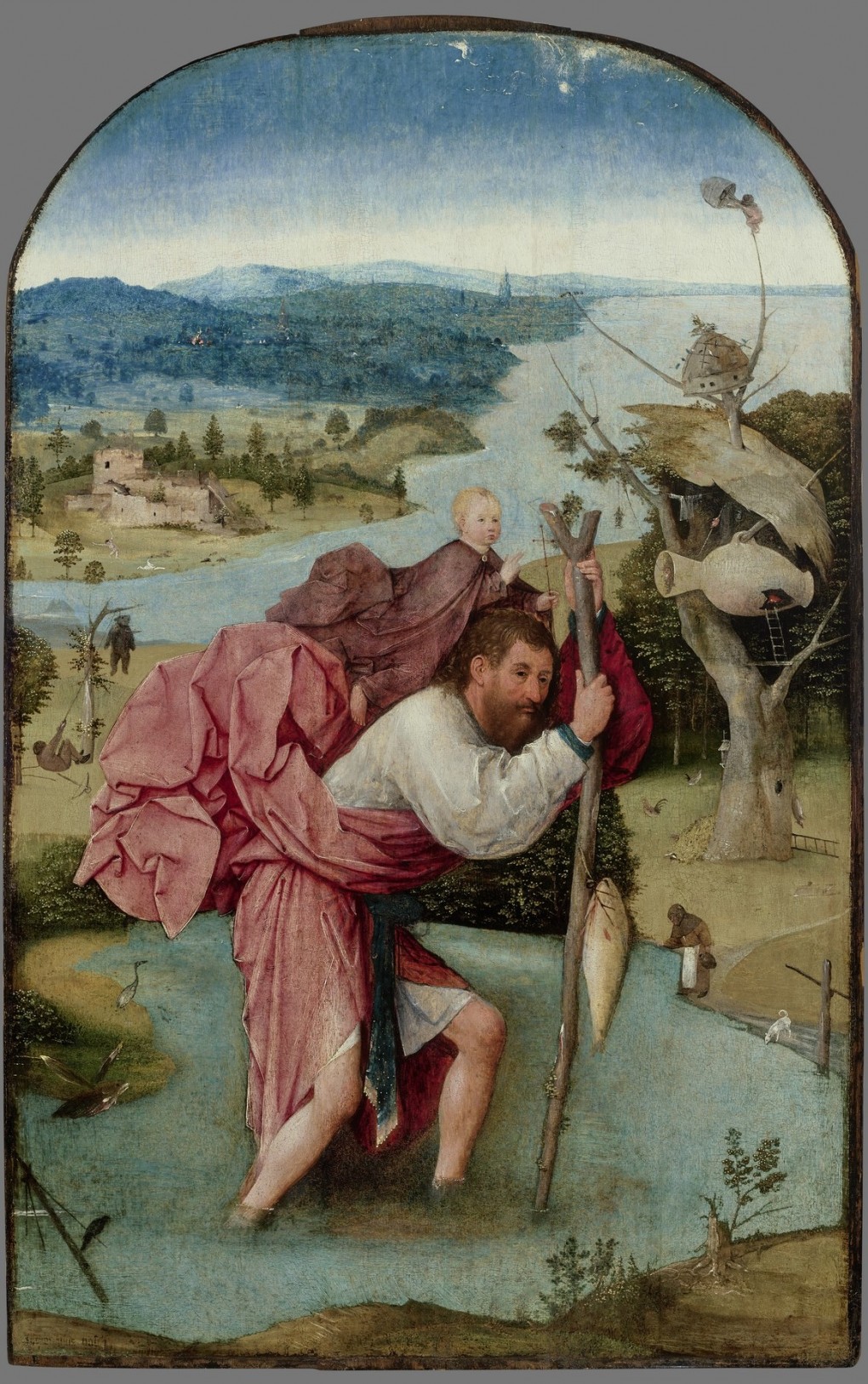Restauratiestudio
This painting and several other works by Bosch from the collection have been requested as loans for the exhibition ‘Jheronimus Bosch 500’, which will be held in Den Bosch in 2016. The painting is currently too fragile to travel.
This public restoration is a foretaste of what the public will see in the expertise centre in the new Public Art Depot, which is expected to open in 2017. The museum wants to show what is involved in the care and conservation of a priceless, world-class collection by allowing the public a glimpse behind the scenes.


